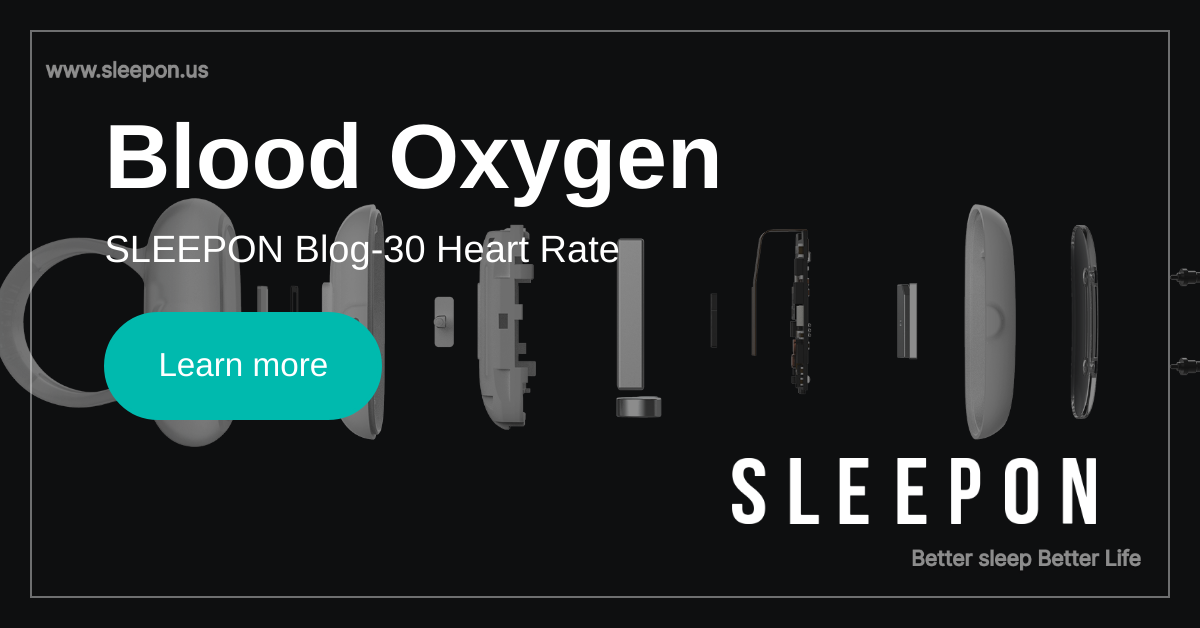
Blood Oxygen
Blood oxygen level refers to the percentage of red blood cells carrying oxygen in the blood, typically represented by the term oxygen saturation (SpO2). Oxygen saturation indicates the proportion of oxygen in the blood compared to its total oxygen-carrying capacity.
Under normal circumstances, the resting blood oxygen saturation for adults generally ranges between 95% to 100%. This indicates that the majority of red blood cells in the blood are carrying oxygen. Blood oxygen levels are influenced by various factors, including lung function, respiratory health, altitude, and cardiovascular conditions.
Certain health issues or diseases may cause a decrease in blood oxygen levels. Low blood oxygen levels can lead to symptoms such as fatigue, shortness of breath, dizziness, confusion, and cyanosis (bluish discoloration of the skin). In high-altitude areas where oxygen is scarce, individuals may experience altitude sickness, including symptoms like headaches, nausea, and rapid breathing.
In some cases, low blood oxygen levels may require medical intervention. Understanding blood oxygen levels is crucial for maintaining overall health. Regular monitoring of blood oxygen levels can help detect potential health issues and prompt timely medical intervention.
Potential Health Issues Indicated by Different Blood Oxygen Levels
Different blood oxygen levels may indicate various health issues. Here are some general standards, but individual variations, age, health conditions, and other factors can influence these values:
1. Normal Range:
-
Oxygen Saturation (SpO2): In normal conditions, the resting blood oxygen saturation for adults is typically between 95% and 100%.
2. Low Blood Oxygen Levels (Below Normal Range):
-
Mild Hypoxemia: 90% – 94%
-
Moderate Hypoxemia: 86% – 89%
-
Severe Hypoxemia: Below 86%
3. High Blood Oxygen Levels (Above Normal Range):
-
Mild Hyperoxemia: 100% – 103%
-
Moderate Hyperoxemia: 104% – 109%
-
Severe Hyperoxemia: 110% and above
These standards might vary depending on the medical equipment used, and healthcare professionals generally consider the patient’s overall health rather than solely relying on blood oxygen levels. Additionally, specific circumstances, such as chronic illnesses or special populations (e.g., newborns, elderly individuals), may have different reference ranges.
In any case, if there’s suspicion of abnormal blood oxygen levels, it’s advisable to consult healthcare professionals promptly for a detailed assessment and diagnosis. Doctors can determine, based on the patient’s specific situation, whether further examinations and treatments are necessary.
Different standards may indicate health problems:
1.Low blood oxygen levels (below the normal range)
-
-
Lung issues: Low blood oxygen levels may be caused by lung problems such as chronic obstructive pulmonary disease (COPD), pneumonia, or pulmonary fibrosis.
-
Heart problems: Impaired heart function may reduce the ability to transport oxygen in the blood, leading to low blood oxygen. Conditions like heart failure, heart valve issues, or cardiac ischemia may be the cause.
-
Anemia: Anemia reduces the blood’s ability to carry oxygen and can lead to low blood oxygen levels. Anemia may result from factors such as nutritional deficiencies, chronic diseases, or other blood disorders.
-
2. High blood oxygen levels (above the normal range)
-
Hypoventilation: If the respiratory system cannot adjust and leads to excess ventilation in the lungs, it may result in high blood oxygen levels. This could be associated with respiratory failure or certain neuromuscular diseases.
-
Chronic heart failure: In some cases, individuals with chronic heart failure may experience high blood oxygen levels, possibly due to abnormal blood flow distribution.
-
Altitude response: At high altitudes, where oxygen is scarce, high blood oxygen levels may occur. This is a normal physiological response at high altitudes but may be abnormal for those accustomed to lower altitudes.
Different Sleep Stages and Blood Oxygen Levels
Blood Oxygen Levels in Different Sleep Stages
1.Wakefulness:
Blood oxygen levels typically remain within the normal range, between 95% and 100%. During wakefulness, breathing is relatively deep to ensure an adequate supply of oxygen.
2. Non-Rapid Eye Movement (NREM):
NREM sleep is divided into three sub-stages (N1, N2, and N3).
-
-
N1 Stage: Light sleep, with a slight decrease in blood oxygen levels.
-
N2 Stage: Light to moderate sleep, with relatively stable blood oxygen levels.
-
N3 Stage: Deep sleep, where blood oxygen levels may stay within the normal range or slightly decrease. During deep sleep, muscles relax, and physiological repair and recovery occur.
-
3. Rapid Eye Movement (REM):
In the REM stage, blood oxygen levels may become more irregular.
Potential Health Issues
Monitoring blood oxygen saturation during sleep can aid in diagnosing potential health issues, especially those related to breathing and sleep quality. Here are some possible concerns:
Sleep Apnea:
Both obstructive and central sleep apnea may lead to a decrease in oxygen levels. Monitoring oxygen saturation can help detect these abnormal sleep breathing patterns.
Chronic Obstructive Pulmonary Disease (COPD):
Individuals with COPD may experience a reduction in oxygen levels during sleep, especially in cases of ventilation insufficiency caused by COPD.
Cardiovascular Issues:
Heart failure, heart valve problems, or other cardiovascular diseases may result in a nighttime decrease in blood oxygen levels.
Anemia:
Anemia can reduce the blood’s ability to carry oxygen, manifesting as nighttime low blood oxygen.
Sleep Disorders:
In addition to the mentioned diseases, low blood oxygen levels during sleep may also be associated with other sleep disorders, such as sleep-related movement disorders.
By continuously monitoring blood oxygen saturation during sleep, healthcare professionals can obtain comprehensive data to accurately diagnose sleep and respiratory issues. This monitoring is typically conducted during sleep studies or using portable sleep monitoring devices. Once potential issues are identified, doctors can develop appropriate treatment plans to improve patients’ sleep and overall quality of life.
Comments (41)
Leave a Reply Cancel reply
Recent Posts
ALL ARTICLES
Subscribe Us
Receive updates on sleep tips & tricks, exclusive offers and more exciting!
Better sleep, better life.
403A, Building A2, Zhihui Park, Fuyong Street, Bao'an District, Shenzhen, Guangdong, China
Products
Company
Copyright © SLEEPON. All rights reserved.
SLEEPON keeps both Sleeponhealth and Sleepon.us due to the brand upgrading. We promise to provide the same products and service in both sites.
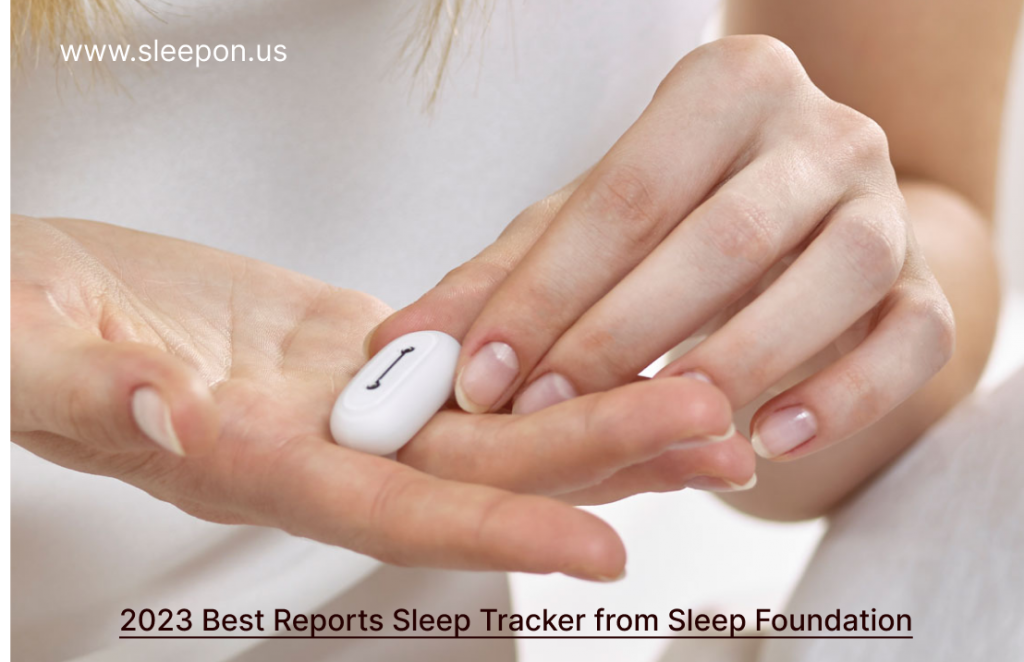
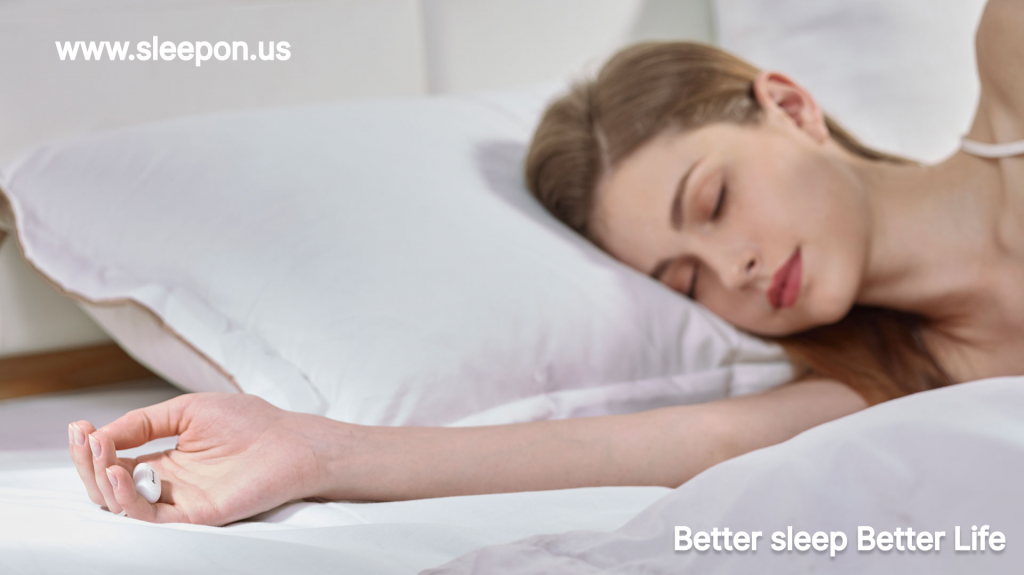
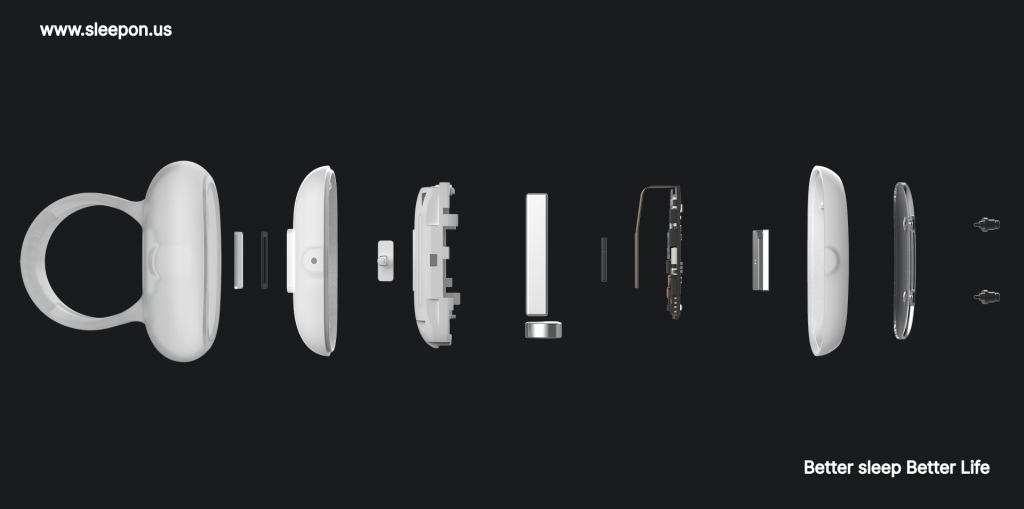
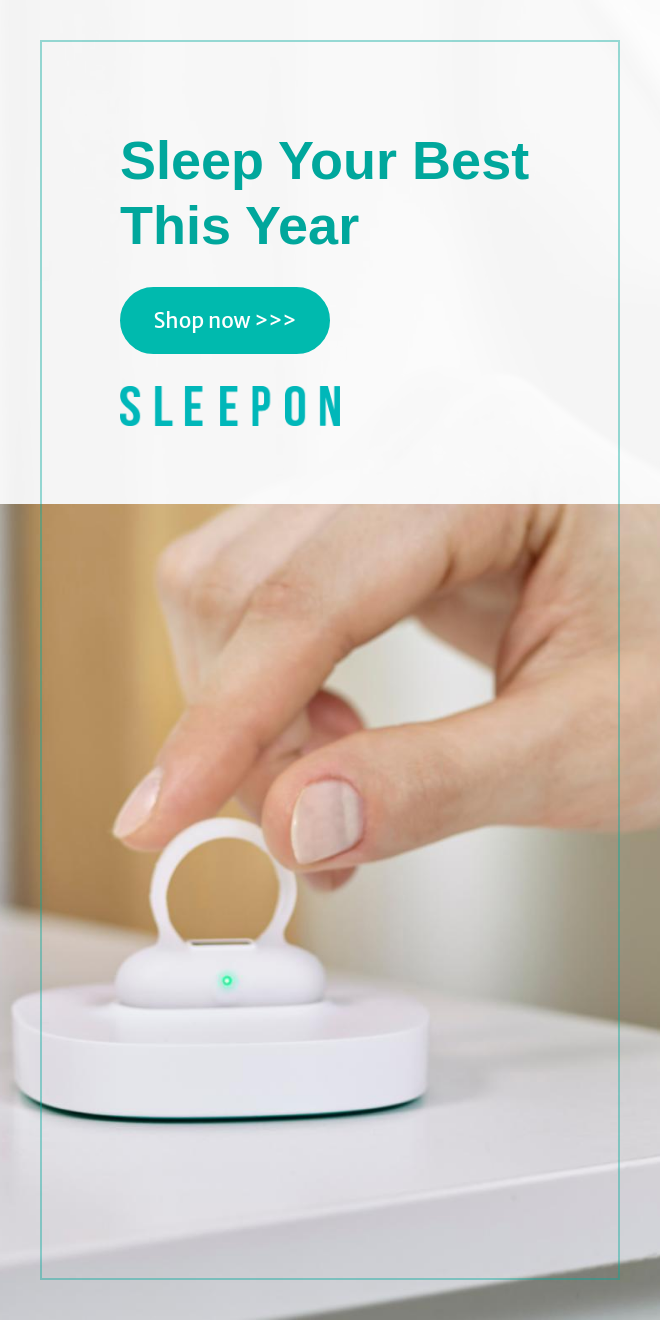
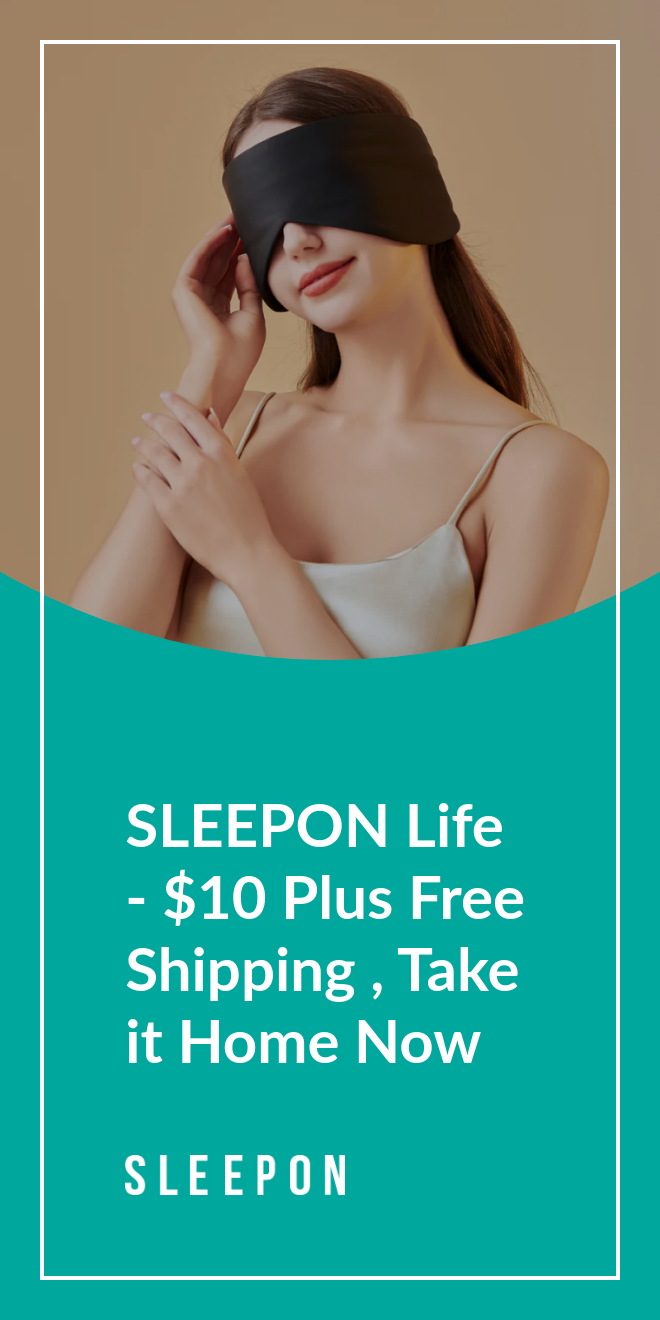
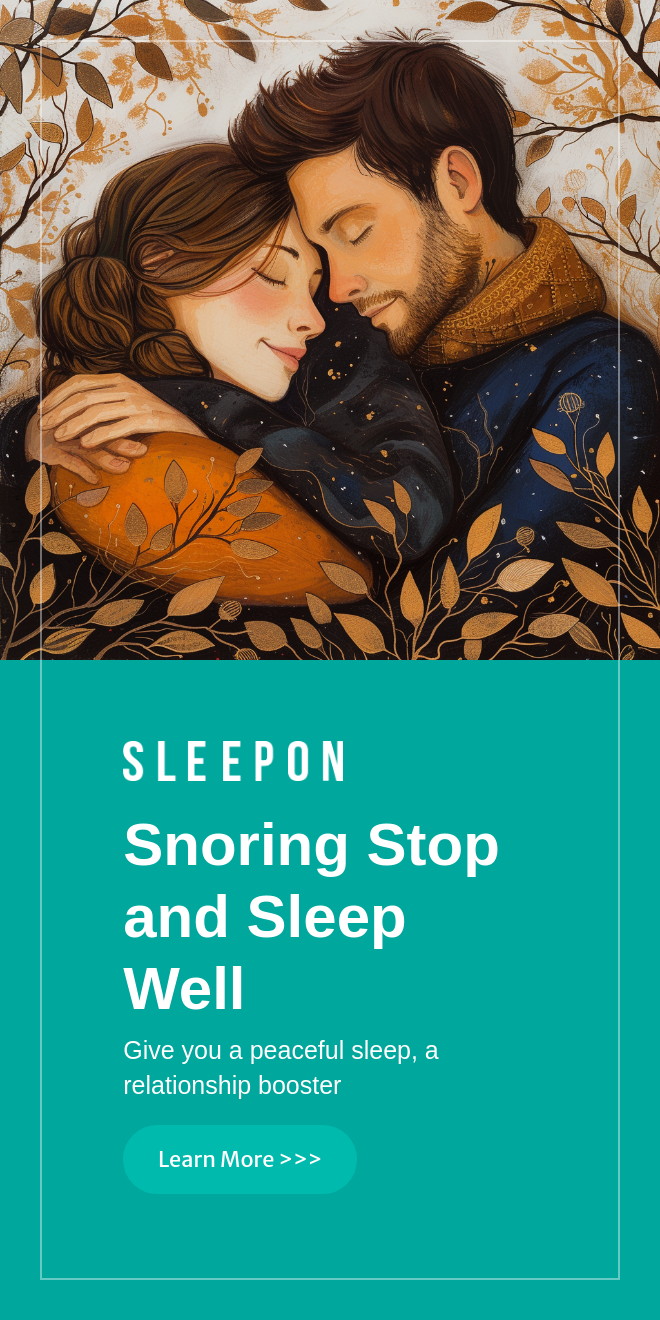
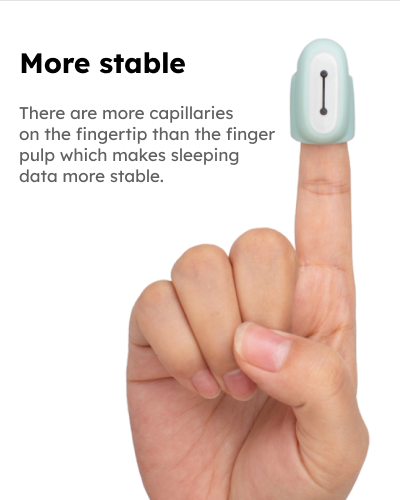
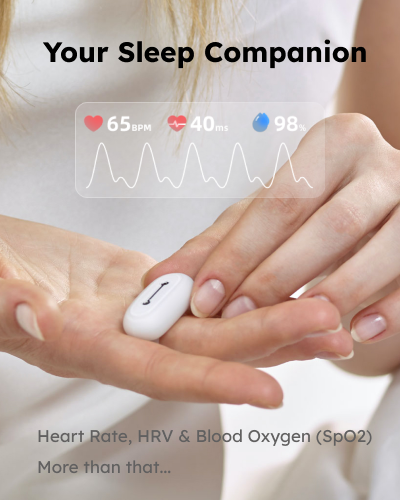


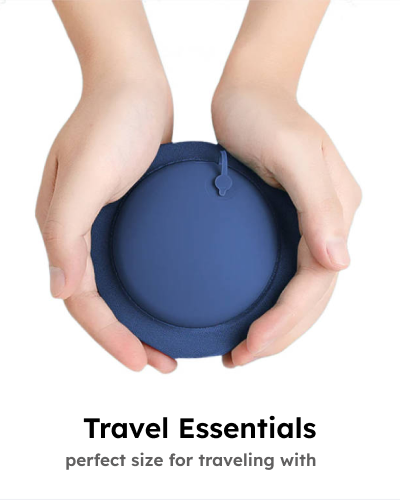
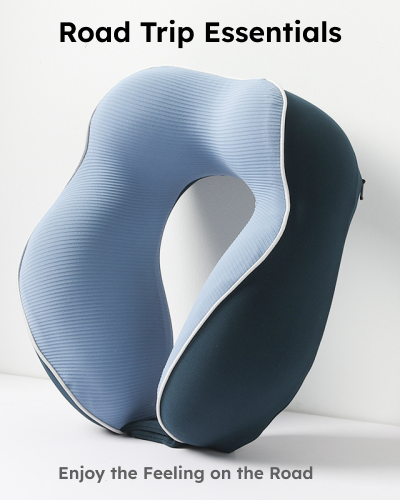
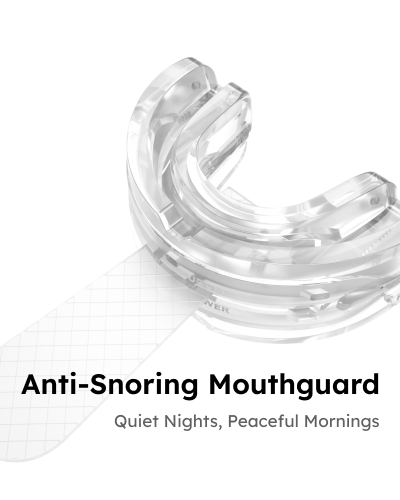
Mandatory! Thanks for the share.
Mandatory! Appreciate every bit.
Excellent blog here! Also your website loads up very fast! What web host are you using? Can I get your affiliate link to your host? I wish my web site loaded up as quickly as yours lol
We wish to thank you just as before for the beautiful ideas you offered
Jesse when preparing her post-graduate research plus, most importantly, regarding providing all of the
ideas within a blog post. If we had been aware of your web site a year ago, we would have
been rescued from the unnecessary measures we were employing.
Thanks to you. sex shop
hiI like your writing so much share we be in contact more approximately your article on AOL I need a specialist in this area to resolve my problem Maybe that is you Looking ahead to see you
Usually I do not read article on blogs however I would like to say that this writeup very compelled me to take a look at and do so Your writing taste has been amazed me Thanks quite nice post
I think all of the ideas you have for your post are really good and will definitely work, but the postings are too short for beginners. Could you perhaps make them a little longer next time? Thank you for the post.
Simply wish to say your article is as amazing. The clearness in your post is just nice and i could assume you’re an expert on this subject. Well with your permission let me to grab your feed to keep updated with forthcoming post. Thanks a million and please carry on the gratifying work.
Facebook粉絲增加.社交媒體曝光提升.購買Facebook粉絲.粉絲增長策略.Facebook粉絲互動.提高社交媒體影響力.優質粉絲購買.Facebook品牌曝光.社交媒體粉絲管理.粉絲增長技巧
Sincerely speaking, I don’t read much online, but your websites are excellent; keep up the good work!
I’ll be sure to bookmark your website so I can visit it later.
Best wishes to everybody
To be honest, I don’t read much online, but your sites are pretty great; keep up the good work!
I’ll bookmark your website now so I can return later.
Best wishes.
My brother recommended I might like this web site He was totally right This post actually made my day You cannt imagine just how much time I had spent for this information Thanks
My brother recommended I might like this web site He was totally right This post actually made my day You cannt imagine just how much time I had spent for this information Thanks
You’re a highly talented blogger, and this is incredibly interesting. I’ve subscribed to your feed and am eager to read more of your amazing posts. I’ve also shared your website on my social media accounts!
I’ve read several just right stuff here. Certainly price bookmarking for revisiting. I wonder how a lot effort you place to create this kind of great informative website.
Usually I do not read article on blogs, however I would like to say that this write-up very compelled me to take a look at and do so! Your writing taste has been amazed me. Thanks, quite nice post.
you are in reality a good webmaster. The website loading velocity is amazing. It sort of feels that you’re doing any distinctive trick. Also, The contents are masterwork. you have done a fantastic job in this topic!
Usually I do not read article on blogs, however I would like to say that this write-up very compelled me to take a look at and do it! Your writing style has been amazed me. Thank you, very nice article.
Thank you for the auspicious writeup. It in fact was a amusement account it. Look advanced to far added agreeable from you! However, how can we communicate?
I have read some excellent stuff here. Definitely value bookmarking for revisiting. I wonder how much effort you put to make the sort of excellent informative website.
naturally like your web site however you need to take a look at the spelling on several of your posts. A number of them are rife with spelling problems and I find it very bothersome to tell the truth on the other hand I will surely come again again.
You’re so awesome! I don’t believe I have read a single thing like that before. So great to find someone with some original thoughts on this topic. Really.. thank you for starting this up. This website is something that is needed on the internet, someone with a little originality!
3rd generation antihistamines list allergy medications for itching skin piriton allergy tablets canada
you are truly a just right webmaster The site loading speed is incredible It kind of feels that youre doing any distinctive trick In addition The contents are masterwork you have done a great activity in this matter
Very well presented. Every quote was awesome and thanks for sharing the content. Keep sharing and keep motivating others.
Simply wish to say your article is as amazing The clearness in your post is just nice and i could assume youre an expert on this subject Well with your permission let me to grab your feed to keep updated with forthcoming post Thanks a million and please carry on the gratifying work
Somebody essentially lend a hand to make significantly articles I’d state. That is the very first time I frequented your website page and up to now? I surprised with the research you made to make this actual submit amazing. Wonderful task!
Its like you read my mind! You appear to know a lot about this, like you wrote the book in it or something. I think that you could do with some pics to drive the message home a little bit, but instead of that, this is fantastic blog. An excellent read. I will certainly be back.
Fantastic site. Lots of helpful information here. I am sending it to some friends ans additionally sharing in delicious. And of course, thanks for your effort!
Its like you read my mind! You appear to know so much about this, like you wrote the book in it or something. I think that you can do with a few pics to drive the message home a little bit, but instead of that, this is excellent blog. A fantastic read. I’ll certainly be back.
I am not sure where you’re getting your info, but good topic. I needs to spend some time learning much more or understanding more. Thanks for magnificent info I was looking for this information for my mission.
Excellent blog here! Also your website loads up very fast! What web host are you using? Can I get your affiliate link to your host? I wish my web site loaded up as quickly as yours lol
hello!,I like your writing very so much! proportion we keep up a correspondence extra approximately your post on AOL? I need an expert in this space to unravel my problem. May be that is you! Taking a look forward to see you.
I simply could not go away your web site prior to suggesting that I really enjoyed the standard info a person supply on your guests? Is going to be back incessantly to investigate cross-check new posts.
I just could not depart your web site prior to suggesting that I really loved the usual info an individual supply in your visitors? Is gonna be back regularly to check up on new posts.
What i do not realize is in fact how you are no longer actually much more well-favored than you might be right now. You’re very intelligent. You recognize thus considerably in relation to this topic, made me in my view believe it from numerous numerous angles. Its like men and women are not fascinated until it is one thing to do with Lady gaga! Your own stuffs excellent. All the time handle it up!
مرافق تصنيع إيليت بايب Elite Pipe مجهزة بأحدث الآلات ، مما يتيح عمليات الإنتاج الفعالة وجودة المنتج المتسقة.
I can only support Tim Marks’s argument. I think the SleepOn device is much better to wear than any other device I know. However, the results are useless if only 1 value per minute is actually recorded. I also think the raw data is of crucial importance for the user, and it should be provided.
Hello my loved one I want to say that this post is amazing great written and include almost all significant infos I would like to look extra posts like this
Your documentation states that the SleepOn sensor monitors SpO2 every second. But the data in the app only shows one data point per minute, as does the downloaded CSV data. This mean that short duration hypoxia events would be missed in reviewing the data.
I have been wearing the SleepOn fingertip sensor and the WellUe Pulse Oximeter (wrist device with finger sensor). The WellUe records every 2 seconds, and the app allows review of the data after the fact ever two second. This seems to catch significantly more hypoxia events every night in the WellUe data.
Questions:
1. The SLeepOn every second compares SpO2 to the limit, and vibrates an alarm? Not just once per minute? Because I get almost no alarms from SleepOn vs 4-5 per night from Wellue.
2. The SleepOn app data recorded once per minute: is this the average of each of the 60 seconds SpO2, or is this just a single point recorded every minute (which would be useless)?
3. Why don’t you allow access to the raw data (recorded every sec)? The “once per minute” data isn’t very useful.
The SleepOn form factor would be my favorite, but the data fidelity is very poor, so I can’t recommend it to others.
Did you get a response from SLEEPON in answer to your questions? I am considering a purchase, but I agree with you that once per minute is useless for analysis. Even Wellue’s averaging once in 4 seconds is questionable.